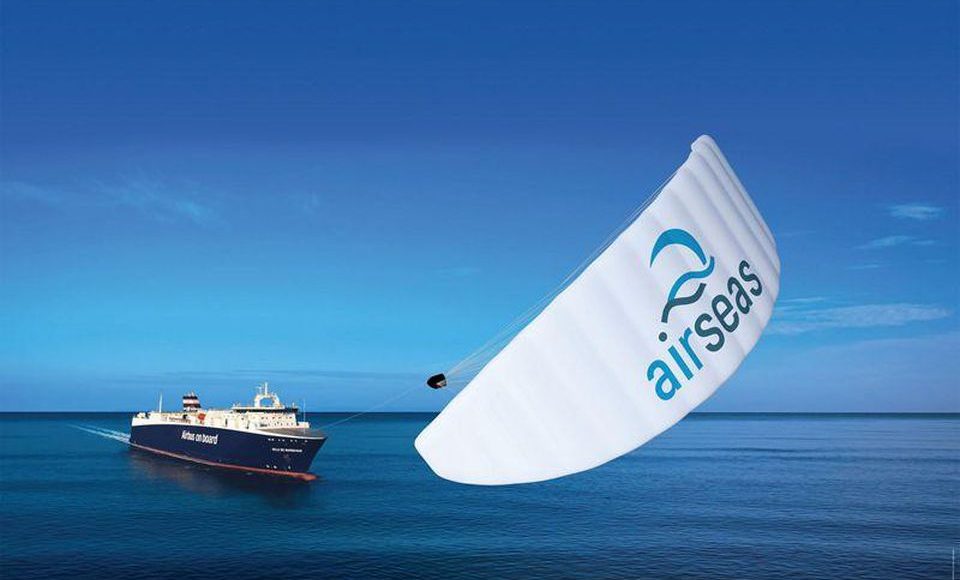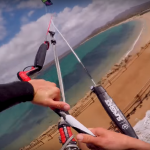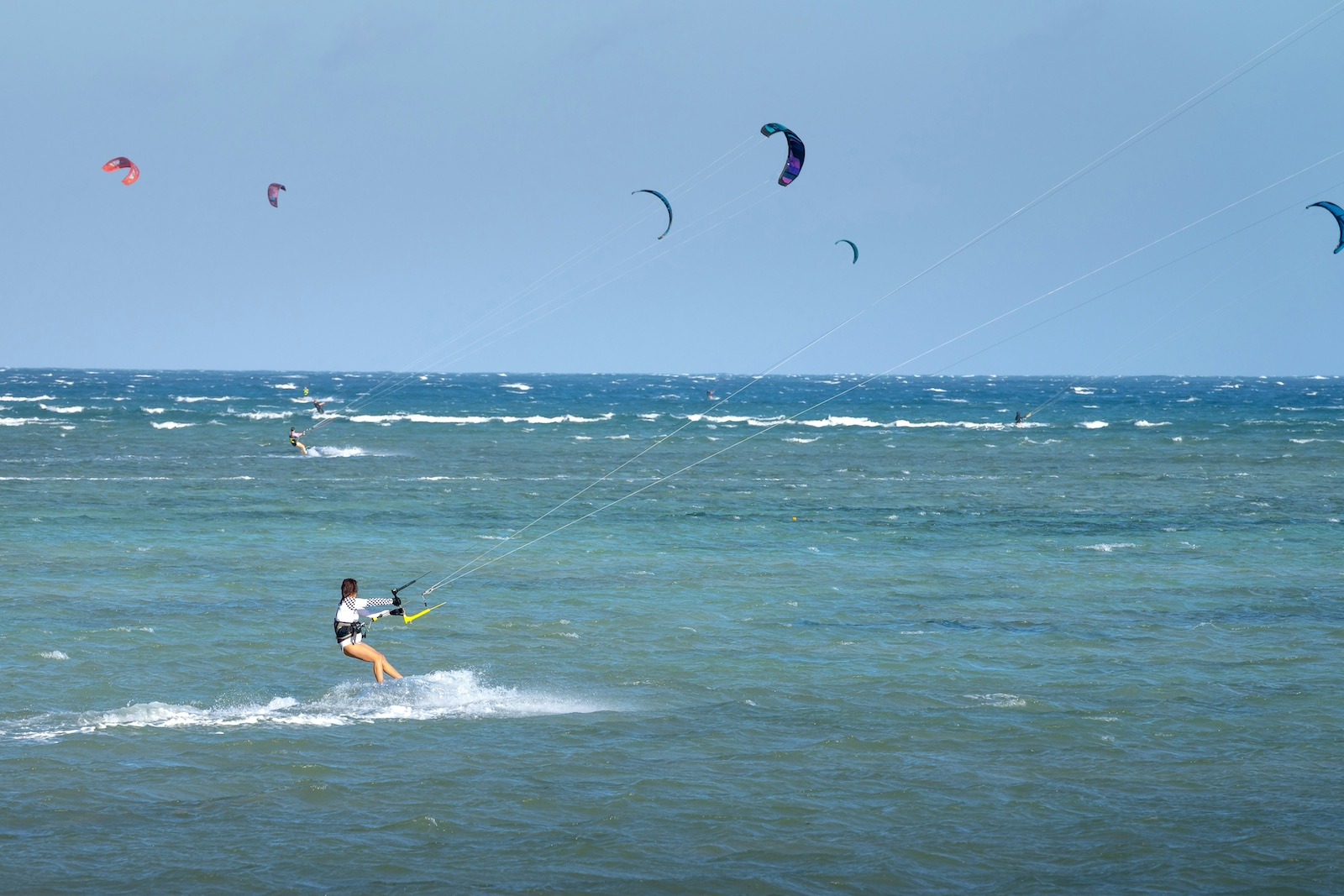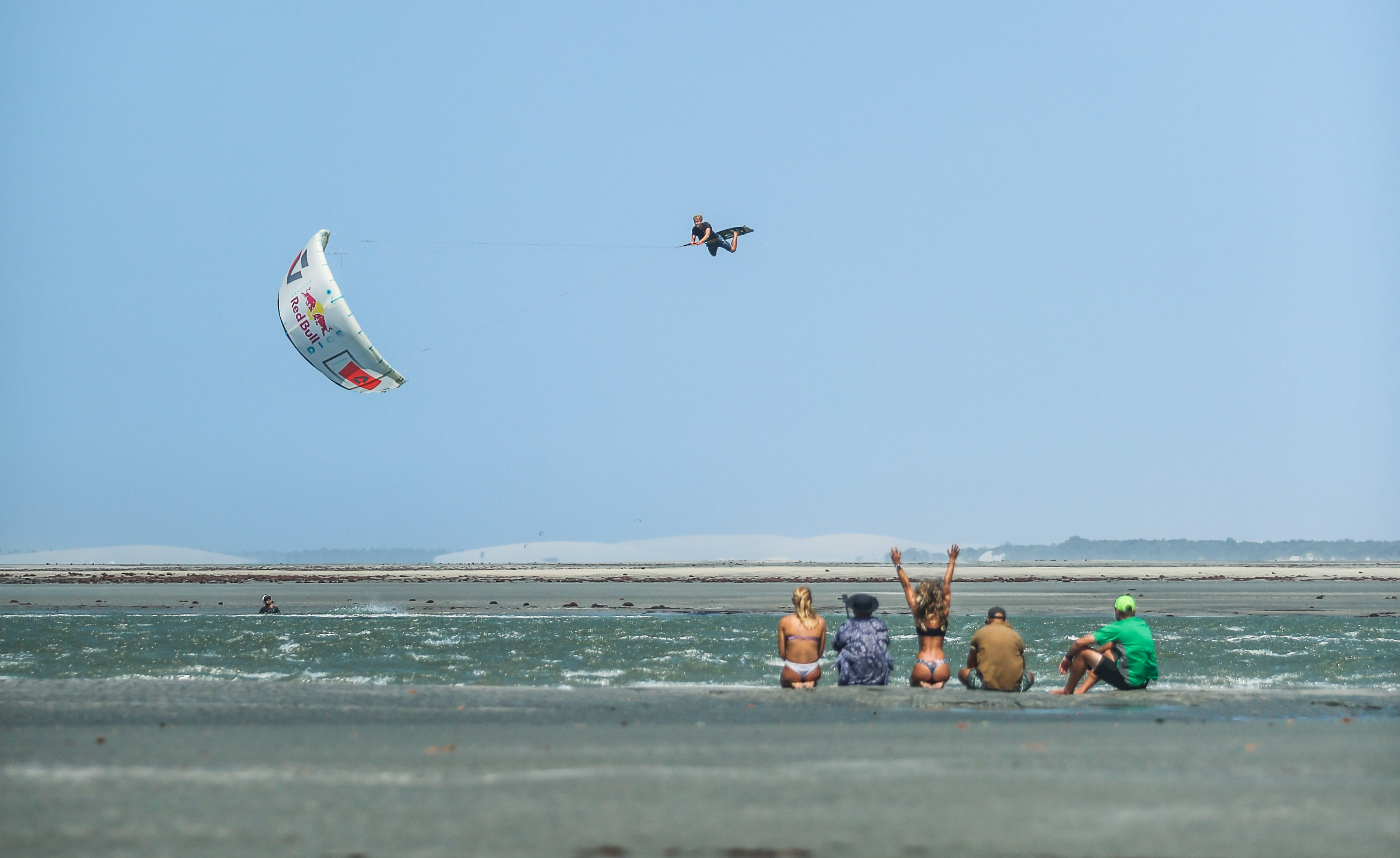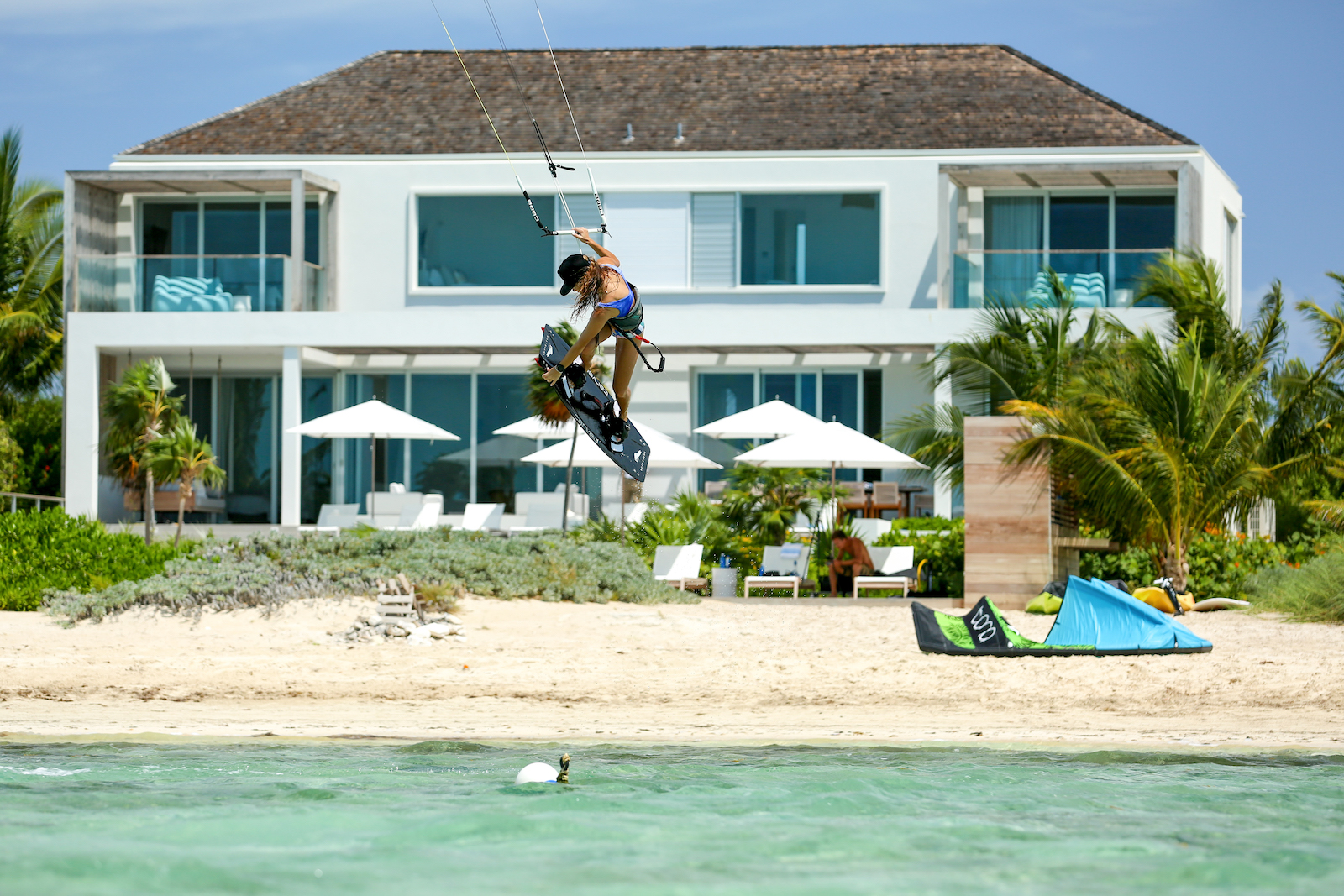The aviation company Airbus is getting involved in international shipping, and looking to kite boarding technology to cut shipping costs and greenhouse emissions by as much as one fifth.
In a nod to the old days of maritime shipping, Airbus and it’s start up AirSeas are creating a massive kite, modeled on the style of the kites we use for kiteboarding, to propel ships across their routes. The design is a massive hydrofoil kite called the SeaWing, and it is completely autonomous. It will be able to detect when the wind and conditions are conducive and will deploy itself automatically, taking advantage of fair winds. If the vessel is heading upwind or there is a slack in conditions, the SeaWing will furl itself up.
This sort of technology is not new for the shipping industry, but comes at a time when the industry badly needs innovation to cut costs and emissions. It is believed that over it’s lifetime, a big freighter can contribute as much as 50 million cars worth of harmful emissions. Altogether, the shipping industry is responsible for an estimated 3% of worldwide emissions.
The International Marine Organization (IMO), which regulates the shipping industry, has largely avoided pressure due to the international nature of it’s domain. However, they have just recently introduced plans to cut carbon emissions by half by 2050 and the kite technology could be a big help in reaching that goal. Other fuel efficient tech includes frictionless hull paint, reduced sulfur in fuel, electric motors and hydrocell power.
Airbus and AirSeas plan to adopt the SeaWing on all their currently active vessels, which are used to transport airplane parts between countries. AirSeas CEO Vincent Bernatets believes the technology could be used on any vessel, from large shipping vessels to short haul ferries.
Adapted from an article that originally appeared in Forbes.

